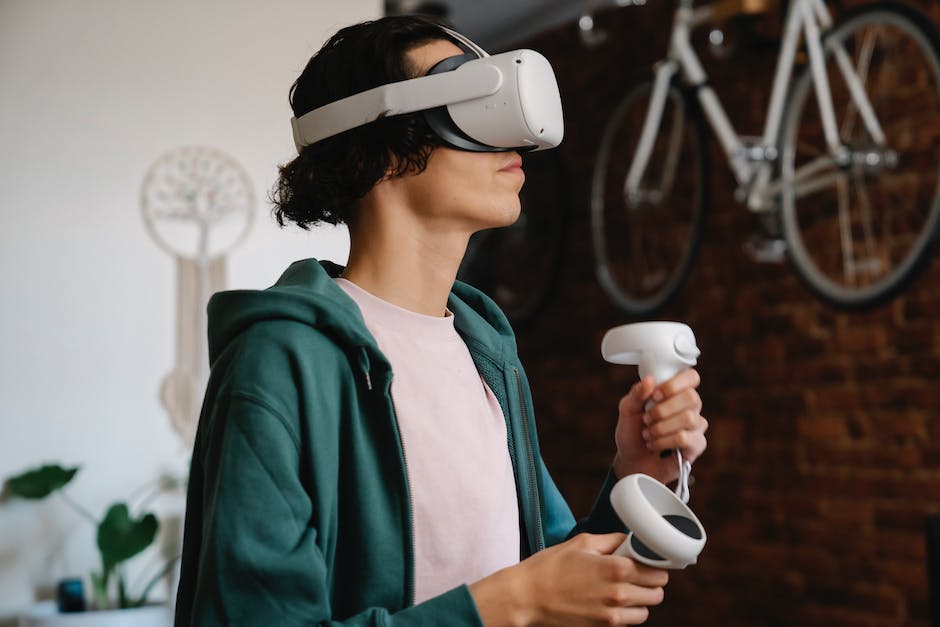Creating Realistic 3D Environments in Virtual Worlds is a complex process that involves the use of advanced computer graphics and design techniques to construct immersive, lifelike settings. This process is integral to various industries such as gaming, film, architecture, and virtual reality, where detailed and convincing environments contribute significantly to the user’s experience. The creation process involves several steps, including conceptualization, modeling, texturing, lighting, and rendering, each requiring a blend of technical skills and artistic vision. The ultimate goal is to create environments that are not only visually stunning but also interactive and responsive, enhancing the realism and immersion of the virtual world.
Mastering the Art of Creating Realistic 3D Environments in Virtual Worlds

Creating realistic 3D environments in virtual worlds is an art that requires a blend of creativity, technical skills, and a keen eye for detail. It’s a fascinating process that involves the creation of immersive spaces that can transport users to different realms, from the comfort of their own homes. Whether you’re a game developer, a VR enthusiast, or simply someone who appreciates the magic of virtual reality, mastering this art can open up a world of possibilities.
The first step in creating a realistic 3D environment is conceptualization. This involves brainstorming and visualizing the kind of environment you want to create. Are you aiming for a lush, tropical jungle, a bustling cityscape, or a serene beach at sunset? The choice is yours, and the only limit is your imagination. Sketching out your ideas can be a helpful way to start, as it allows you to visualize your concept and make changes as necessary.
Once you have a clear idea of what you want to create, the next step is to gather resources. This could involve taking photographs of real-world locations for reference, or browsing online for textures and models that you can use in your virtual environment. Remember, the devil is in the details. The more realistic your textures and models are, the more believable your environment will be.
Next comes the actual creation of the environment. This is where your technical skills come into play. Using 3D modeling software, you can start to bring your environment to life. This involves creating the terrain, adding textures, and placing models. It’s a meticulous process that requires patience and precision. But as you see your environment start to take shape, you’ll find that it’s a rewarding experience.
Lighting is another crucial aspect of creating a realistic 3D environment. It can dramatically affect the mood and atmosphere of your virtual world. For instance, soft, warm lighting can create a cozy, inviting atmosphere, while harsh, cold lighting can evoke a sense of danger or unease. Experiment with different lighting effects to see what works best for your environment.
Finally, don’t forget about sound. While it might not be the first thing that comes to mind when you think of 3D environments, sound can greatly enhance the realism of your virtual world. The rustling of leaves, the sound of waves crashing on the shore, or the hum of city traffic can all contribute to the immersion of your environment.
Creating realistic 3D environments in virtual worlds is a complex process that requires a blend of creativity, technical skills, and attention to detail. But with practice and patience, you can master this art and create stunning, immersive spaces that transport users to different realms. Whether you’re creating a virtual world for a game, a VR experience, or just for fun, the possibilities are endless. So why not give it a try? You might just find that it’s a rewarding and fulfilling creative outlet.